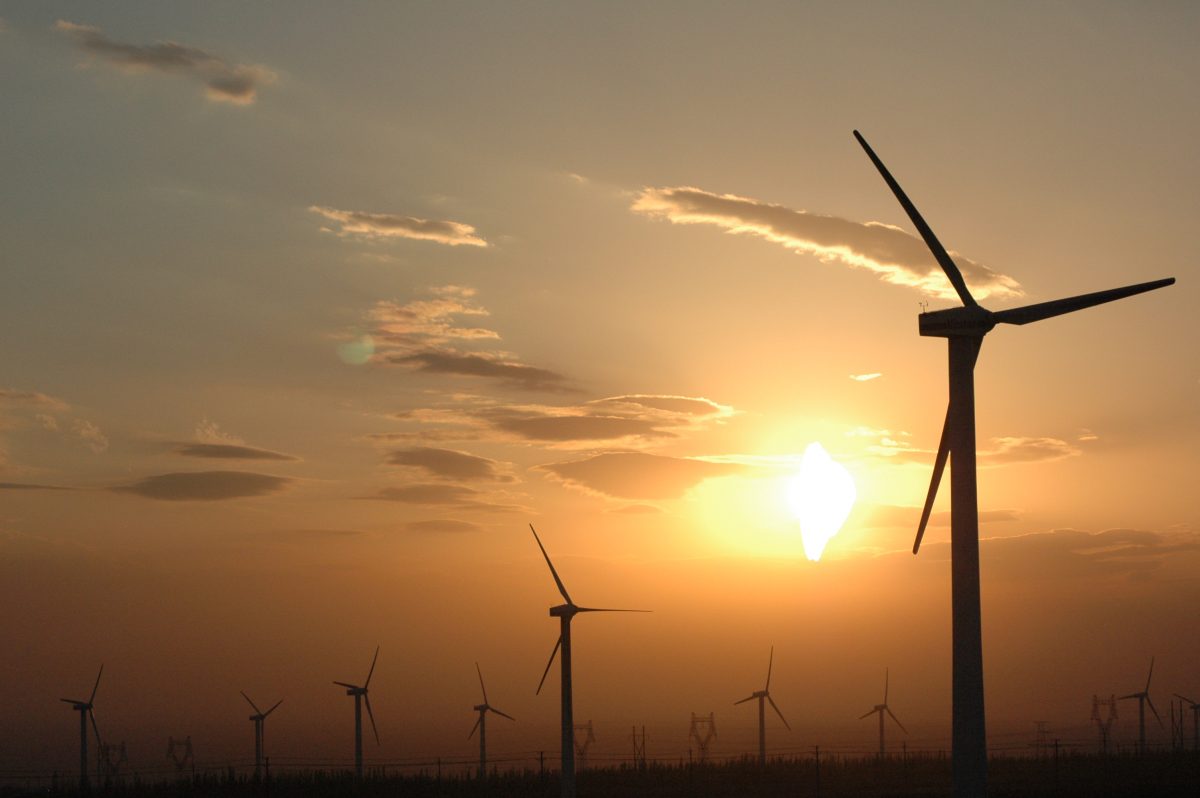(Trinidad Guardian) A proposal from an independent multidisciplinary team has presented a strategy for developing a wind industry in T&T covering the period until 2035.
The study undertaken between September 2022 and April 2023 was compiled by Nikos Sakellariou, Stephen Badrie, Dale Ramlakhan, Sanja Simmonds, Randy Ramadhar Singh and Sarah Hosein.
The report, which was made public last week, noted that achieving 2 gigawatts (GW) of wind capacity by 2035 would require investments of more than US$7 to US8 billion and can be achieved with the involvement of investors and the commercial banking sector or development finance institutions.
The proposal’s aim is to create a sustainable energy future for the country while promoting growth and reducing greenhouse gas emissions, outlining that success will depend on the active collaboration of stakeholders, namely the Ministry of Energy and Energy Industries, Ministry of Public Utilities, Ministry of Planning and Development, the Ministry of Legal Affairs, State agencies and technocrats, funding agencies and developers, financial institutions and, crucially, the private sector.
Further, the study said the Government will play a critical role in facilitating the development of the wind industry by promulgating a vision for wind; amending and enacting laws and regulations supporting a policy framework that promotes growth; initially providing financial and economic incentives; and establishing a transparent process for developing wind energy projects according to the best international practices.
The report builds on the work of a baseline study where an analysis of suitable locations in T&T was conducted. That study identifyed potential utility-sized windfarm sites, both onshore and offshore. These sites were identified and ranked for suitability together with an estimate of their levelised cost of electricity.
For the country to benefit from its untapped wind energy potential, a clear and transparent legal and regulatory framework should be adopted to effectively enable wind energy development.
Therefore, an assessment of the legal and regulatory framework as it pertains to wind energy was also conducted to identify gaps to help create a sustainable wind energy industry.
According to the proposal, approximately 2.75 GW of onshore wind power is expected to be available and 32 GW offshore.
In outlining how the proposal will be executed the study explained, “To achieve the target of two GW installed wind capacity by 2035, the actions proposed are time bound in sequential horizons/milestones. To build local capacities and capabilities the wind journey should start from exploiting the onshore wind energy potential and gradually move towards exploiting its offshore vast potential,” the report said.
It added that while discrete projects can be developed on an ad hoc basis, the creation of an industry that can “green” the country’s energy mix and add further value to the local petrochemical industry, must be carefully thought out, nurtured, and enabled.






